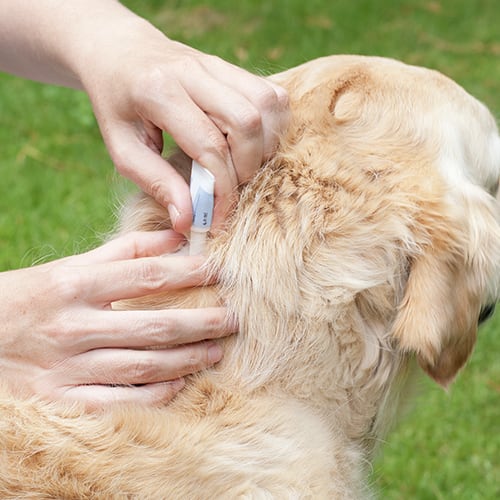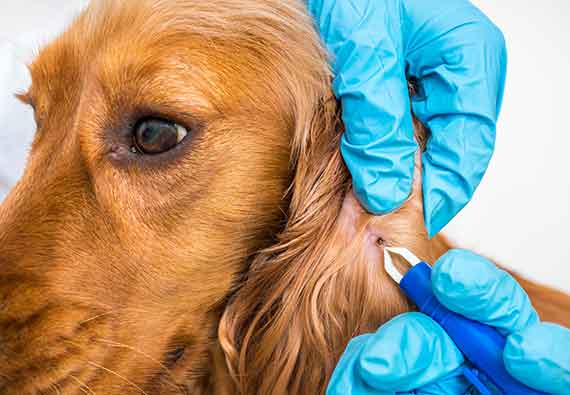What If You Already Have Fleas in the House?
If fleas show up, thoroughly vacuum the home and throw the vacuum bag away. Then shampoo or steam clean your carpets to kill any that may have stayed behind.
You may wish to treat the home with insecticides after the initial cleaning. By thoroughly cleaning the carpets first, you can make sure that most fleas have been already removed and have no place to hide.
If you prefer to avoid chemical insecticides, try making a flea trap. Fill a shallow pan, such as a baking dish, with water. Add a small amount of dish soap. Then, in the evening, shine a light over the pan in a dark room. Fleas will be attracted to the light, jump at it, and then drown in the water below. This water should be changed daily and kept away from pets.
Fleas already on your pet can be removed through brushing. Flea brushes have small, closely spaced teeth that capture the insects when the brush goes by them. Remove the fleas from the brush either under running water or by cleaning the brush in a bowl of soapy water.






